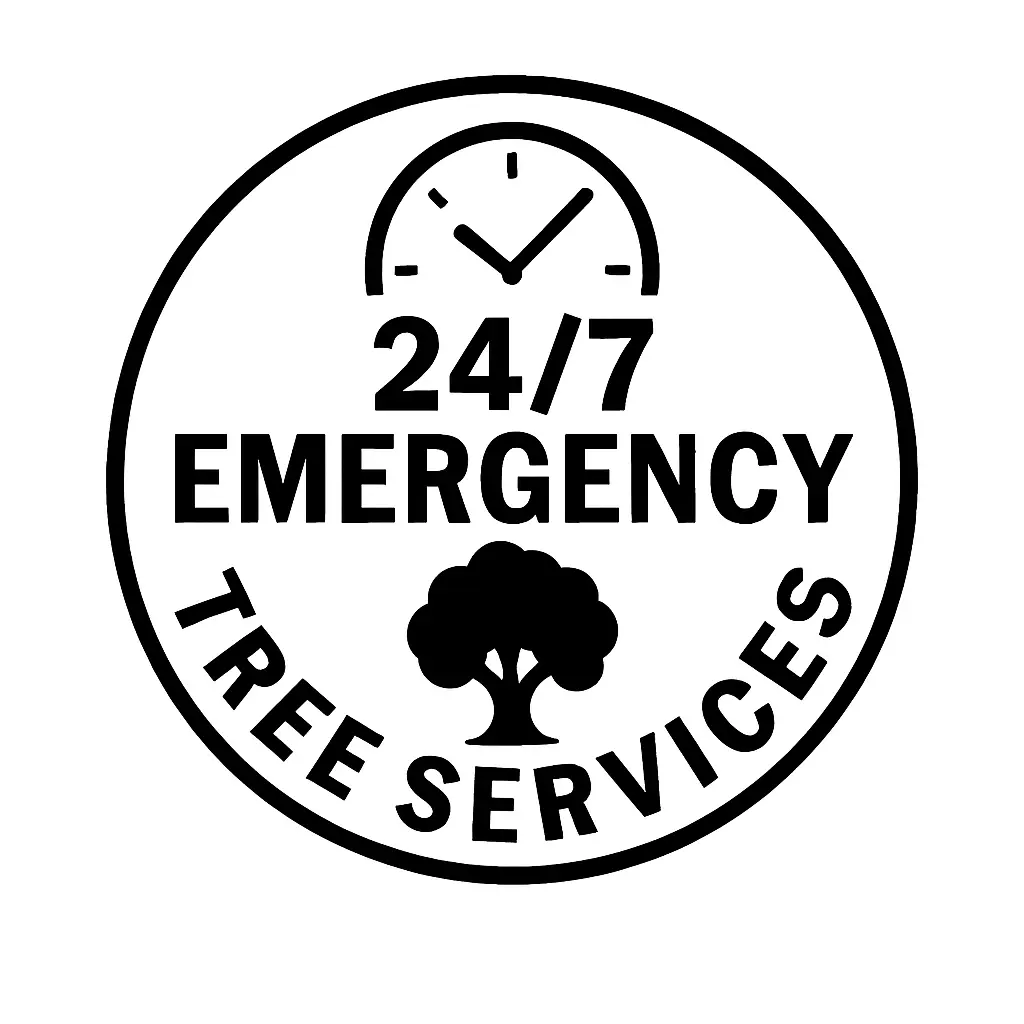Hey there, curious minds! Ever stopped to admire a towering tree and wondered about its inner workings? Trees are more than just pretty ornaments in nature’s landscape. They’re complex organisms with fascinating structures that enable their growth, survival, and reproduction.
Key Takeaway: Understanding tree anatomy is crucial for appreciating nature’s complexity and emphasizes the significance of conservation efforts to preserve these vital ecosystems.
Introduction
Picture this: you’re strolling through a lush forest, surrounded by majestic trees swaying gently in the breeze. As you marvel at their grandeur, it’s easy to overlook the intricate details beneath their bark. But trust me, understanding the anatomy of a tree is like peeking into nature’s blueprint for life.
The Root System
Let’s start from the ground up, quite literally! Beneath the soil lies a network of roots, anchoring the tree and drawing in essential nutrients and water. Taproots dive deep into the earth, providing stability, while fibrous roots spread wide, scouring the soil for sustenance. These unsung heroes keep the tree grounded and ensure its well-being.
Types of Roots
Now, not all roots are created equal. There are taproots, which plunge straight down like nature’s drill, and fibrous roots sprawl out in a tangled web. And let’s not forget about adventitious roots, the rebels of the root world, sprouting from unexpected places like branches or stems!
Root Functions
So, what’s the deal with roots? Besides being the tree’s anchor, they’re also its lifeline. Roots suck up water and nutrients from the soil, acting as nature’s straw. But that’s not all – they also store reserves for lean times and cozy up with friendly microbes for a little nutrient exchange.
The Trunk
Ah, the mighty trunk – the tree’s sturdy central pillar. It’s not just a wooden pole holding up leafy branches; it’s a bustling highway for nutrients and water, shuttling them from root to crown and back again.
Trunk Composition
But what exactly makes up this woody wonder? The trunk is a symphony of structural elements from the rugged outer bark to the inner layers of cambium and sapwood. Think of it as nature’s skyscraper, built to withstand the test of time.
Trunk Functions
Beyond its role as a support beam, the trunk is like a bustling marketplace with activity. Vascular tissues ferry vital fluids up and down, ensuring every leaf gets its fair share of nourishment.
Branches and Twigs
Now, let’s shift our gaze to the sprawling branches and delicate twigs that adorn the tree’s crown. These intricate extensions add to the tree’s beauty and serve crucial functions.
Branch Structure
Branches are more than just extensions of the trunk; they’re architectural marvels in their own right. With specialized features like collars and ridges, they’re built to support the weight of countless leaves.
Twig Functions
And what about those tiny twigs? Don’t let their size fool you – they’re the tree’s lifeline. Twigs transport water and nutrients to the leaves, ensuring they stay well-fed and hydrated.
Leaves and Photosynthesis
Ah, the leaves – the tree’s solar panels. These verdant wonders harness the power of sunlight to create food through the magic of photosynthesis.
Leaf Anatomy
Leaves may seem simple at first glance, but take a closer look, and you’ll discover a world of intricate structures. Each part plays a vital role in capturing sunlight and exchanging gases, from the broad blade to the delicate veins.
Photosynthesis Process
Photosynthesis is like the tree’s version of alchemy. Using only sunlight, carbon dioxide, and water, leaves work their magic, transforming raw ingredients into life-sustaining glucose.
Flowers and Fruits
Let’s discuss the tree’s reproductive organs—the flowers and fruits. These colorful blooms and tasty treats are more than just eye candy; they’re essential for the tree’s survival and propagation.
Flower Structure
Flowers aren’t just pretty petals; they’re intricate reproductive machines. With pistils, stamens, and other floral parts, they’re the architects of the tree’s next generation.
Fruit Formation
And what happens after the flowers fade? Well, that’s when the magic of fruit formation begins. Fruits aren’t just delicious snacks for animals; they’re nature’s way of dispersing seeds far and wide, ensuring the tree’s legacy lives on.
Bark and Protection
Last, let’s discuss bark—the tree’s outer armor. This rugged layer may seem rough and unassuming, but it’s vital for the tree’s survival in a harsh world.
Bark Composition
The bark isn’t just dead wood; it’s a complex ecosystem. With layers of cork cambium, phloem, and vascular cambium, it’s a fortress against pests, pathogens, and the ravages of time.
Bark Functions
But bark isn’t just for show; it’s a multitasking marvel. Besides keeping the tree safe from harm, it also serves as a conduit for nutrients and a healer of wounds, ensuring the tree stays healthy and strong.
The Anatomy of a Tree: Key Parts and Functions
|
Tree Part |
Function |
|
Roots |
Anchor the tree in the ground, absorb water and nutrients |
|
Trunk |
Provides structural support, transports water and nutrients, stores energy |
|
Branches |
Support leaves and fruit, conduct photosynthesis |
|
Leaves |
Capture sunlight for photosynthesis, exchange gases (oxygen and carbon dioxide) |
|
Bark |
Protects inner tissues from damage and pathogens |
|
Cambium Layer |
Produces new cells for growth |
|
Sapwood |
Transports water and nutrients from roots to leaves |
|
Heartwood |
Provides structural support, stores waste and toxins |
|
Flowers/Fruit |
Reproduction, seed dispersal |
Key Takeaways: Understanding tree anatomy helps us appreciate nature’s complexity and underscores the importance of conservation efforts to preserve these vital ecosystems.
Conclusion
So there you have it, folks – the anatomy of a tree laid bare. Every part plays a vital role in the tree’s journey through life, from roots to leaves. By understanding and appreciating these intricate structures, we can deepen our connection with nature and become better stewards of the environment. So next time you’re out for a stroll in the woods, take a moment to marvel at the wonders of tree anatomy – you’ll be glad you did!
FAQs (Frequently Asked Questions)
Why is it important to understand tree anatomy?
Understanding tree anatomy helps us to preserve these vital ecosystems.
How do roots contribute to a tree’s health?
Roots anchor the tree, and absorb water and nutrients, and form symbiotic relationships with soil microbes, ensuring its growth and vitality.
What role do leaves play in photosynthesis?
Leaves capture sunlight and exchange gases, facilitating the process of photosynthesis, which provides the tree with energy for growth and metabolism.
Why are flowers and fruits essential for trees?
Flowers enable pollination and fertilization, forming fruit-containing seeds for dispersal and propagation, ensuring the tree’s survival and genetic diversity.
How does bark protect trees?
Bark acts as a barrier against pests, pathogens, and environmental stressors while also facilitating nutrient transport and wound healing, which are essential for tree health and longevity.





